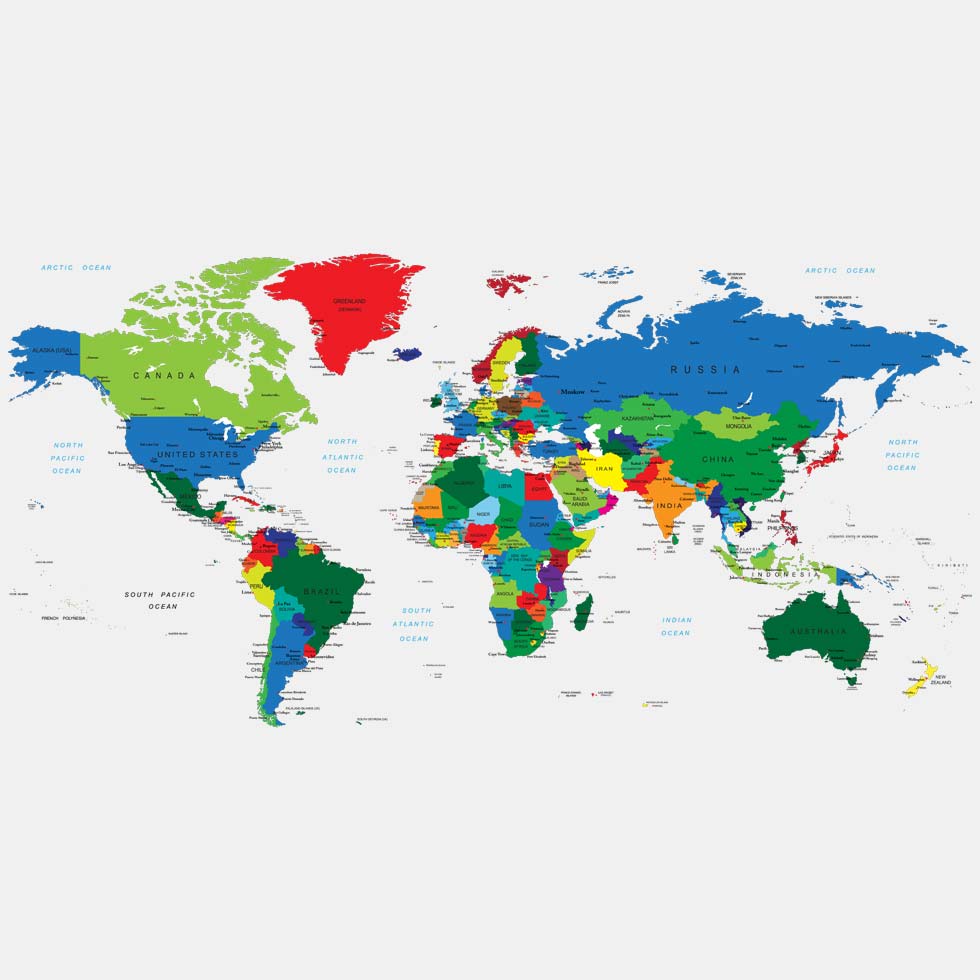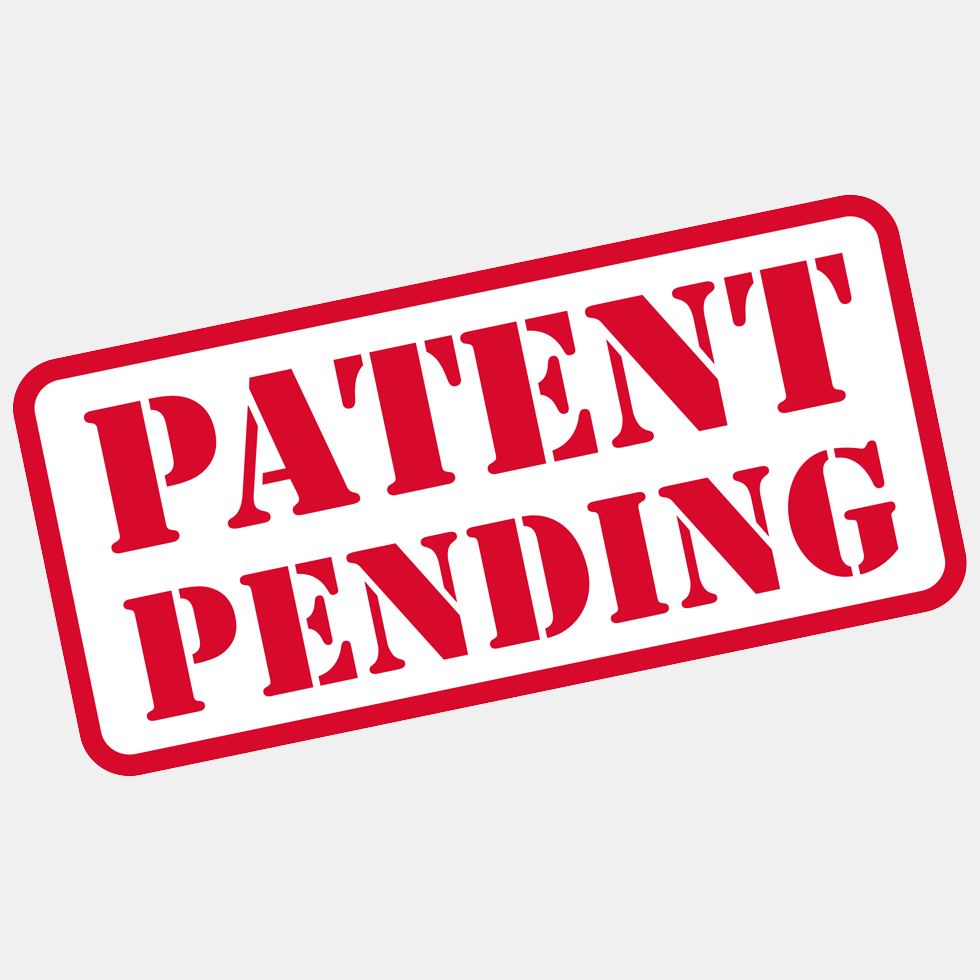Provisional Patent Applications: What You Need To Know, Part 7
How To File A Provisional Patent Application? You can hire a U.S. patent attorney, like me, to draft and file your provisional patent application for you, OR You can file it for yourself. Due the complexity of patent law, I highly recommend hiring a U.S. patent attorney or U.S. patent agent to draft and file your provisional patent application for you unless you are prepared to spend a lot to time and money learning how to competently draft your own patent applications. While I cannot guarantee that my services are a good fit for your needs, why not call me to see if I can bring some value to what you are doing? If you decide to draft and file your own provisional patent application, here are some resources for you. A provisional patent application can be filed by mailing the application, coversheet, and fee to: Commissioner for Patents, P.O. Box 1450, Alexandria, VA 22313-1450. A provisional patent application can also be electronically filed. For general guidance on filing a provisional patent application yourself, click here.






